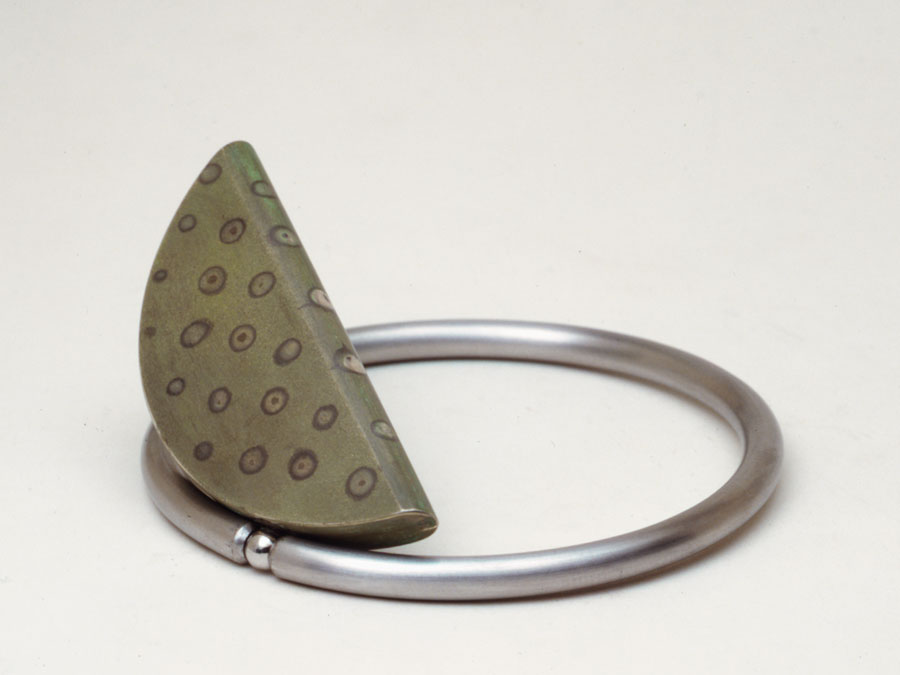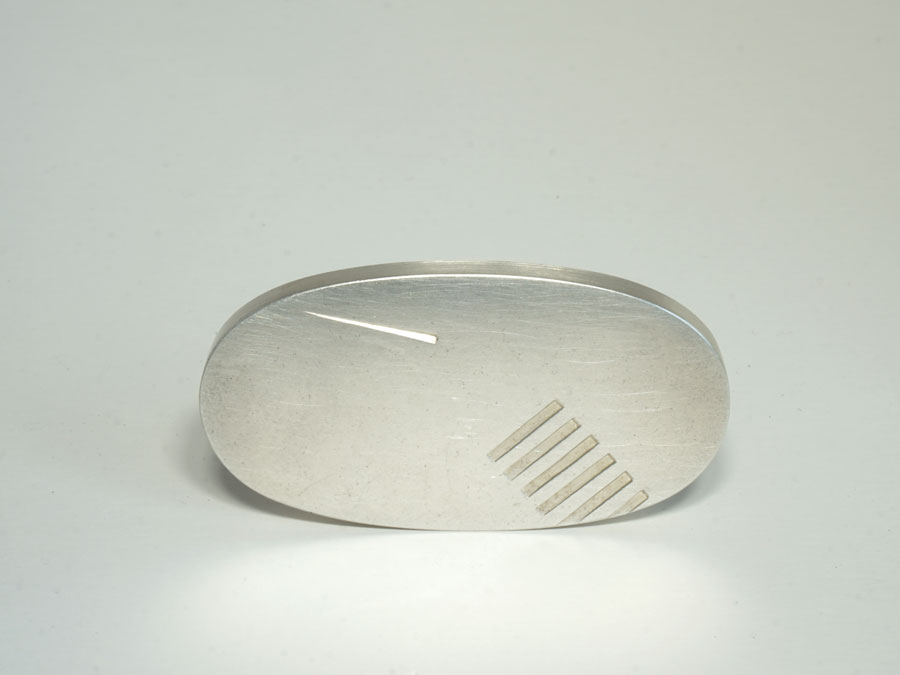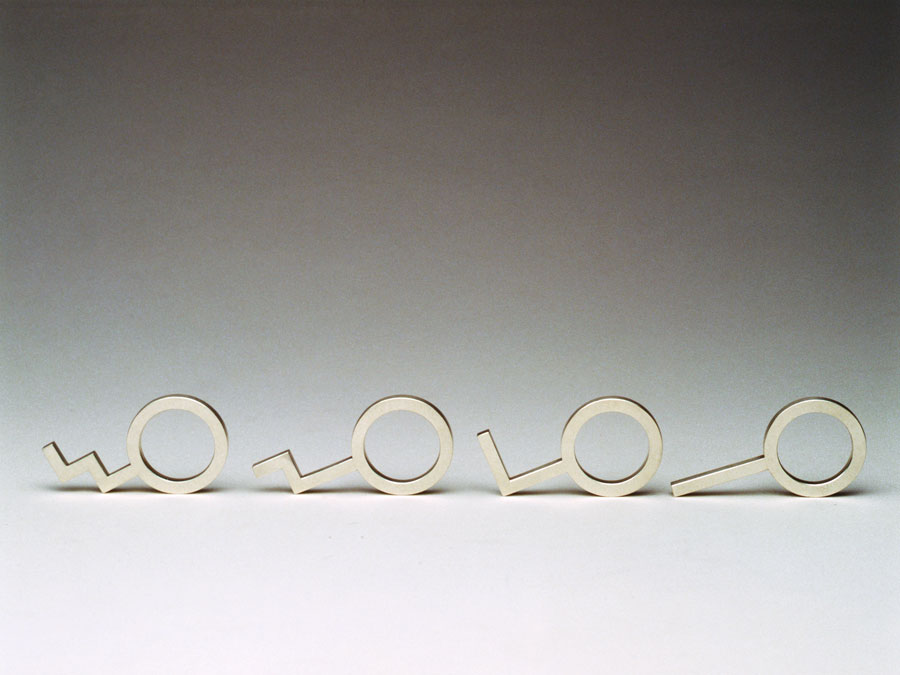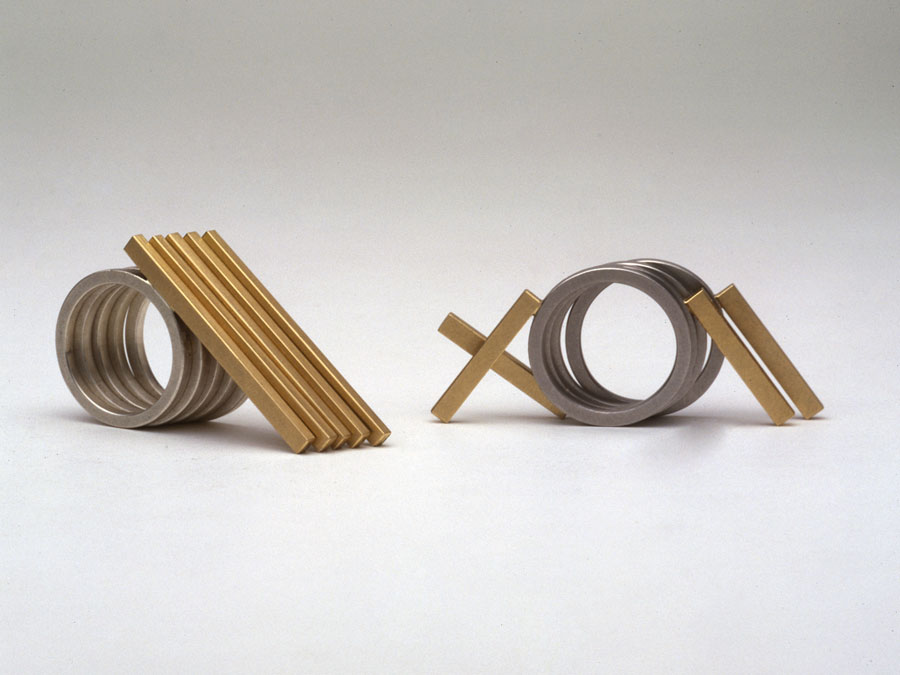Ornament as Accentuation
The works shown here follow the classical definition of ornament. This serves to accentuate or enliven the supporting surfaces of an object.
The range extends from a stimulating pattern covering the entire surface and closely connected with it to a single character lying on the surface.







